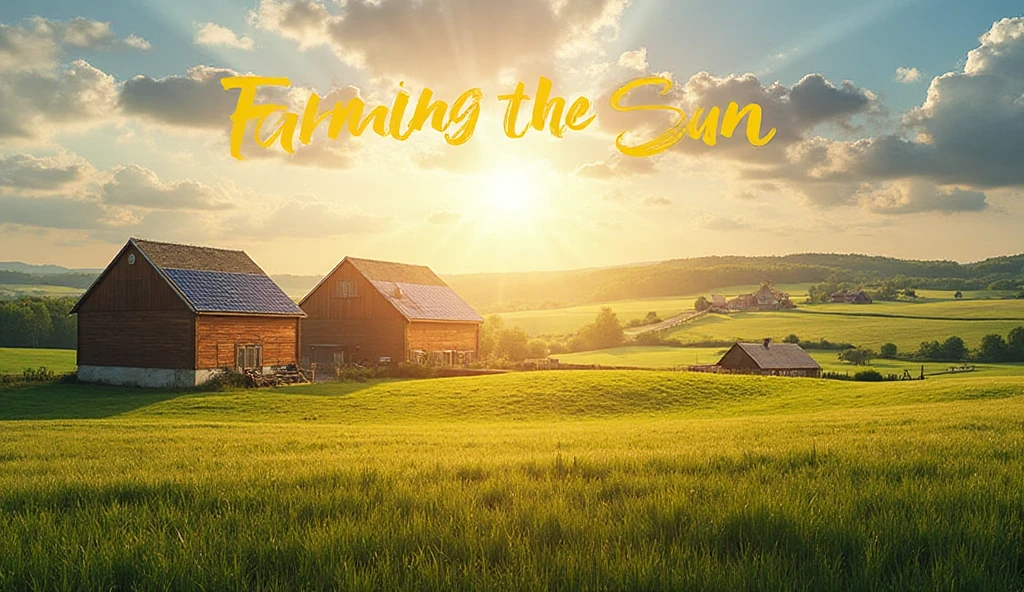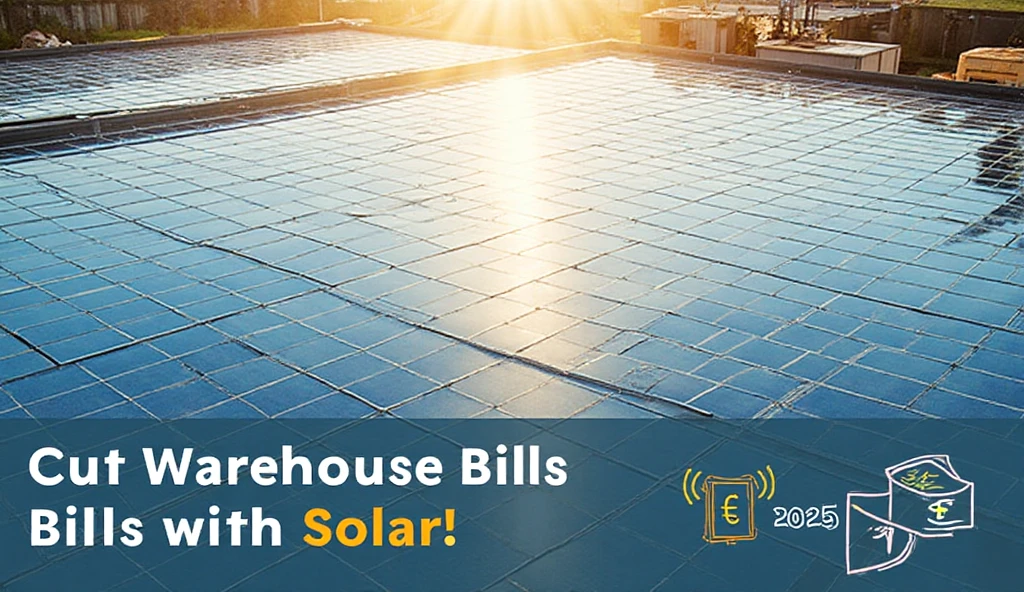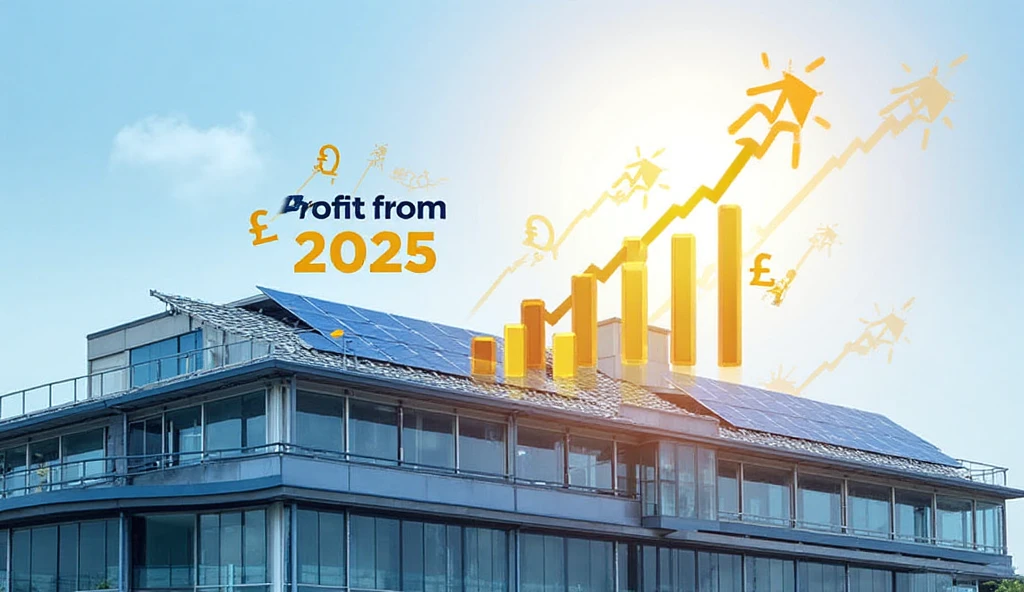Rural energy costs in the UK continue to climb, and many farmers are looking for practical ways to cut overheads while improving sustainability. Solar panels have become an increasingly popular solution, offering long-term savings, stable energy supply, and environmental benefits. But is solar power truly viable on British farms in 2025? The short answer is yes — and for many agricultural businesses, it’s now one of the smartest investments they can make.

Farms Are Perfectly Suited for Solar Installations
UK farms often have large roof spaces on barns, sheds, or outbuildings as well as open land available for ground-mounted systems. These locations typically offer excellent exposure to daylight, particularly in flatter or southern regions. Whether used for arable, livestock, dairy, or storage, the consistent energy needs of farms align well with solar generation during daylight hours. If the property includes cold stores, electric milking parlours, irrigation pumps, or electric fencing, solar energy can offset a significant portion of the daily load
Real Savings on Electricity Costs
A typical medium-sized farm using 40,000 to 100,000 kWh per year can expect to save between £6,000 and £15,000 annually by installing a 30kW to 100kW solar PV system. These savings come from using the solar electricity directly on-site rather than buying from the grid. Solar can significantly reduce reliance on unpredictable market tariffs and daytime peak pricing. For farms with high summer usage — such as grain drying, refrigeration, or water pumping — solar is especially cost-effective
Take Advantage of the Smart Export Guarantee
The Smart Export Guarantee (SEG) allows UK farms to get paid for exporting unused solar electricity back to the grid. Rates vary depending on the supplier, typically from 4p to 15p per kWh. While most farms use a high proportion of their generated electricity on-site, exporting during low-demand periods or weekends provides extra revenue and shortens the payback period
Solar + Battery Storage = Even Greater Control
Many farms are now pairing solar systems with commercial-scale battery storage. This setup allows surplus solar energy generated during the day to be stored and used in the early morning or at night, increasing on-site consumption to 80% or more. Batteries are particularly useful for farms with evening lighting needs, remote outbuildings, or emergency power requirements for livestock care or irrigation
Capital Allowances and Zero VAT in 2025
In 2025, UK farms can benefit from full capital allowances on solar investments under the “full expensing” scheme. That means you can deduct 100% of the cost of a solar system from your taxable profits in the year of purchase. In addition, commercial solar installations now benefit from 0% VAT, making systems cheaper upfront and reducing the time needed to break even. These incentives make solar far more viable financially than in previous years
Grid Independence in Remote Areas
Some rural farms face challenges with grid reliability or limited capacity. Solar panels help reduce strain on the local network and provide greater energy independence. While solar alone doesn’t replace the grid, pairing panels with battery backup or hybrid systems with generators ensures a steady power supply — essential for farms with perishable goods, electronic systems, or 24-hour operations
Reducing Environmental Impact
Consumers and supply chains are increasingly focused on sustainable food production and low-carbon farming. Installing solar panels can reduce a farm’s carbon footprint by several tonnes of CO₂ per year. This supports ESG goals and provides a marketing advantage when selling directly to eco-conscious buyers or entering contracts with supermarkets and wholesalers with net zero policies
Improve Property Value and Diversify Income
Solar systems can raise the value of farm properties by improving their energy performance and reducing running costs. Some farms also choose to install larger systems than they need and sell the excess power via a Power Purchase Agreement (PPA), effectively turning unused roof or field space into a new income stream. Solar diversification sits well alongside other renewables like wind or biomass, especially when integrated into rural business grant applications
Easy to Install with Minimal Disruption
Most agricultural solar systems are installed in under two weeks, with minimal disruption to daily operations. Installers typically use existing barn roofs or open ground near the farmyard. Planning permission is usually not required for roof-mounted panels unless the building is listed or in a conservation area. Ground-mounted systems may require planning if over 9m², but approvals are often straightforward for agricultural use
Low Maintenance and Long Lifespan
Solar panels have no moving parts and are built to last. Most come with performance warranties of 25 years or more. Maintenance is simple — mainly periodic cleaning and monitoring. A well-installed system should function efficiently with little hands-on attention. Inverters may need replacement after 10–15 years, but overall system reliability is excellent even in harsher rural conditions
Funding and Grants Still Available
While most direct feed-in tariffs have ended, some UK regions and local councils still offer agricultural energy grants, especially for renewable upgrades. Scotland’s SME Loan Scheme and Northern Ireland’s energy efficiency grants are examples of continuing support. There are also favourable lending terms from green finance providers, often backed by agricultural banks or rural development schemes
Case Study: Solar Success on a Yorkshire Dairy Farm
A family-run dairy farm in North Yorkshire installed a 50kW roof-mounted solar system across two cattle sheds. Their annual energy use for refrigeration, milking, and lighting exceeded 70,000 kWh. Since installing solar, they’ve saved over £9,000 per year, reduced CO₂ emissions by 18 tonnes, and now use more than 80% of their generated energy on-site. With capital allowances, the system is expected to pay for itself in just five years
Final Thoughts
Solar panels are not just viable on UK farms — they are increasingly essential for reducing overheads, stabilising long-term costs, and meeting environmental goals. With generous tax incentives, strong returns on investment, and systems designed for rugged rural conditions, solar energy offers real benefits to agricultural businesses of all sizes in 2025. If you have suitable roof space or land, solar could transform your farm’s energy use for the next 25 years
To explore your options, speak with an MCS-certified solar installer experienced in agricultural projects. They’ll help assess your site, estimate savings, and guide you through planning, installation, and SEG registration. The sooner you act, the sooner you start generating clean, low-cost power from your own land.



Leave a Comment